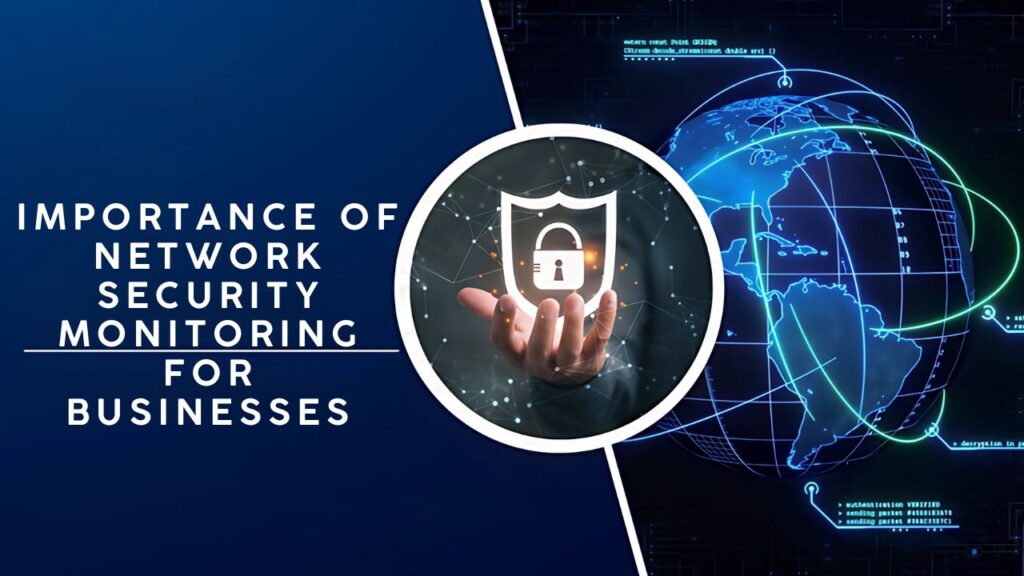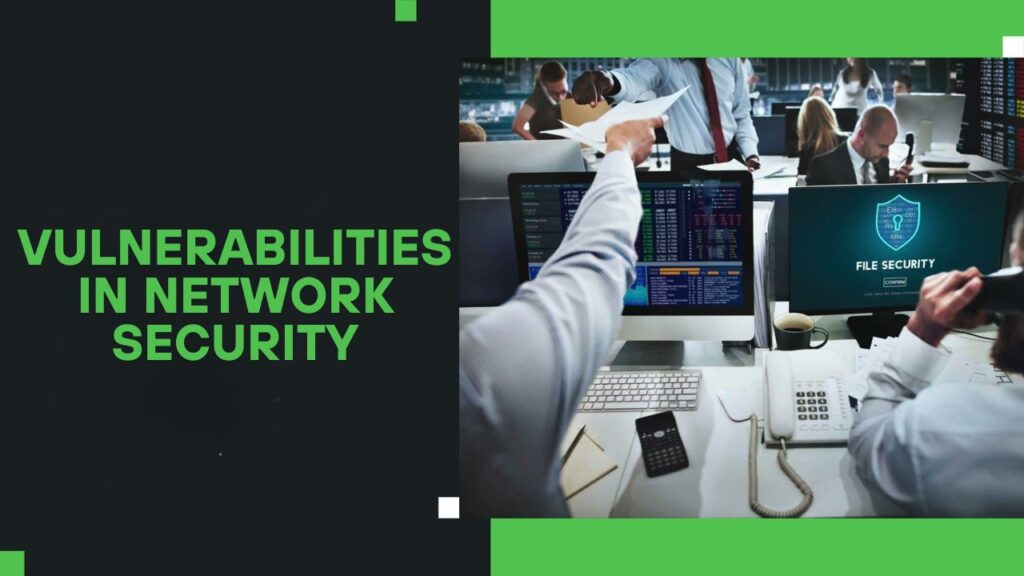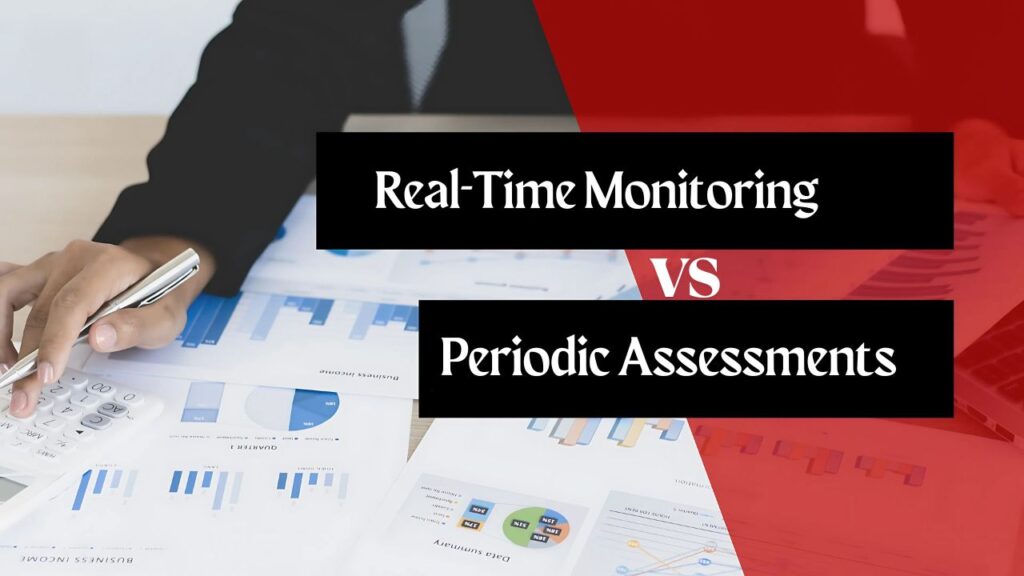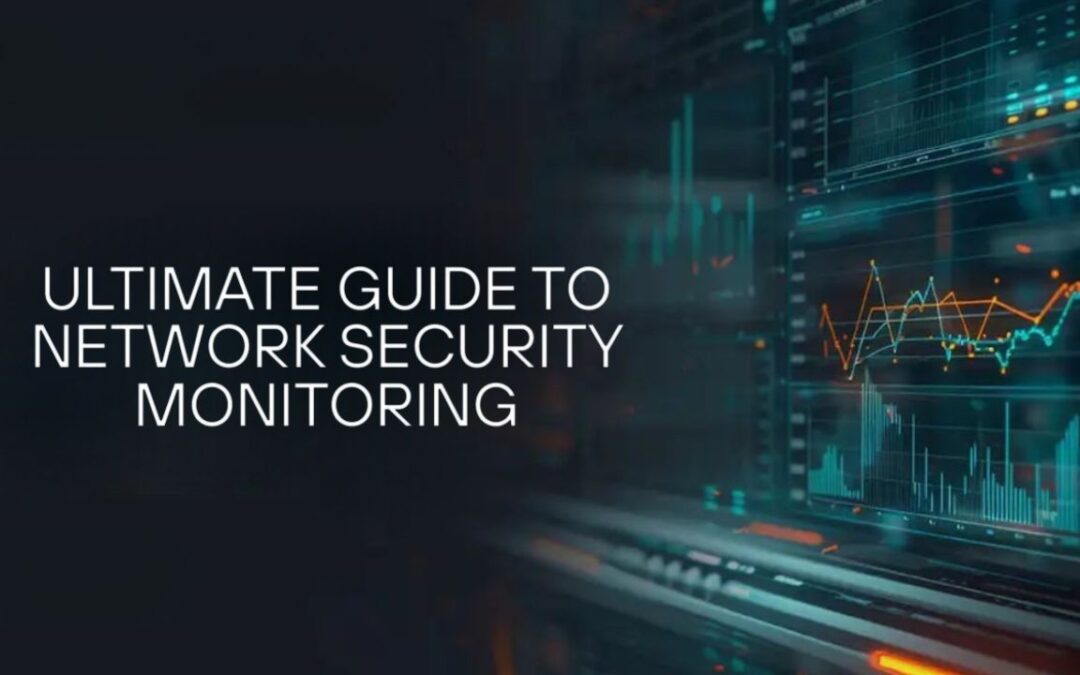In an era where cyber threats loom larger than ever, safeguarding your data has never been more critical. Welcome to the ‘Ultimate Guide to Network Security Monitoring: Protect Your Data Like a Pro!’ This comprehensive resource is designed to equip both individuals and organizations with the essential knowledge and tools needed to thwart cyber attacks and enhance their security posture. From understanding the basics of network security monitoring to implementing advanced strategies, this guide will navigate you through the intricate landscape of cybersecurity. You’ll learn how to detect vulnerabilities, respond to incidents, and maintain a proactive security stance that keeps your valuable information intact. Whether you’re a tech novice or a seasoned expert, you’ll discover actionable insights that will empower you to protect your data effectively. Dive in and unlock the secrets to securing your network like a pro!
Understanding Network Security Monitoring
Network security monitoring (NSM) is an essential practice in the realm of cybersecurity. It involves the continuous observation and analysis of network traffic to detect suspicious activities, identify potential threats, and mitigate security risks. The primary goal of NSM is to ensure that the network remains secure from unauthorized access, data breaches, and other cyber threats. By monitoring network traffic, organizations can identify abnormal patterns and take proactive measures to safeguard their digital assets.
The process of NSM includes the collection of network data, its analysis, and the generation of alerts for any anomalies detected. This data can come from various sources, such as firewalls, intrusion detection systems (IDS), intrusion prevention systems (IPS), and endpoint devices. The collected data is then analyzed using advanced algorithms and machine learning techniques to identify potential security incidents. Once an anomaly is detected, security teams can investigate the issue further and take appropriate action to prevent any damage.
Moreover, NSM helps organizations maintain compliance with industry regulations and standards. Many regulatory frameworks, such as the Payment Card Industry Data Security Standard (PCI DSS) and the General Data Protection Regulation (GDPR), require organizations to implement effective security monitoring practices. By adhering to these standards, organizations can avoid hefty fines and protect their reputation in the market.
Importance of Network Security Monitoring for Businesses

For businesses, the importance of NSM cannot be overstated. In today’s digital age, data is one of the most valuable assets a company can possess. From customer information to proprietary business strategies, the loss or compromise of sensitive data can have devastating consequences. Implementing robust NSM practices ensures that businesses can detect and respond to threats in real-time, minimizing the risk of data breaches and financial losses.
One of the key benefits of NSM is its ability to provide visibility into network activities. Without proper monitoring, businesses are essentially flying blind, unaware of potential threats lurking within their networks. NSM tools offer detailed insights into network traffic, allowing security teams to identify and address vulnerabilities before they can be exploited by malicious actors. This proactive approach not only enhances security but also boosts overall operational efficiency.
Furthermore, NSM plays a crucial role in incident response. When a security incident occurs, having comprehensive monitoring data allows businesses to quickly identify the source and scope of the attack. This enables a swift and effective response, reducing downtime and mitigating damage. In the absence of NSM, businesses may struggle to piece together the events leading up to an incident, resulting in prolonged recovery times and increased costs.
In addition to safeguarding data, NSM also helps businesses protect their brand reputation. Data breaches and cyber attacks can severely damage a company’s image, leading to a loss of customer trust and loyalty. By demonstrating a commitment to robust security practices, businesses can build and maintain a positive reputation, fostering customer confidence and long-term success.
Key Components of Effective Network Security Monitoring
Effective NSM relies on several key components that work together to provide a comprehensive security posture. One of the foundational elements is data collection. This involves gathering data from various network sources, such as routers, switches, firewalls, and endpoint devices. The collected data includes logs, traffic flows, and system events, which are essential for identifying potential threats and anomalies.
Another critical component of NSM is data analysis. Once the data is collected, it needs to be analyzed to detect suspicious activities. This is typically done using advanced analytics and machine learning algorithms that can identify patterns indicative of security incidents. The analysis process can be performed in real-time or periodically, depending on the organization’s security requirements and resources.
Alerting and reporting are also vital aspects of NSM. When an anomaly is detected, the system generates alerts to notify security teams of potential threats. These alerts should be prioritized based on the severity of the threat, ensuring that critical issues are addressed promptly. In addition to alerts, regular reports provide a comprehensive overview of network activities and security incidents, enabling organizations to track trends and make informed decisions.
Integration with other security tools is another important component of NSM. NSM should not operate in isolation; it should be part of a broader security ecosystem that includes firewalls, IDS/IPS, endpoint detection and response (EDR) systems, and security information and event management (SIEM) solutions. By integrating with these tools, NSM can provide a more holistic view of the security landscape, enhancing overall protection.
Common Threats and Vulnerabilities in Network Security

In the ever-evolving landscape of cybersecurity, numerous threats and vulnerabilities can compromise network security. One of the most prevalent threats is malware, which includes viruses, worms, trojans, and ransomware. These malicious programs can infiltrate networks through various means, such as phishing emails, infected downloads, or compromised websites. Once inside the network, malware can steal data, disrupt operations, and cause significant financial damage.
Another common threat is the Distributed Denial of Service (DDoS) attack. In a DDoS attack, multiple compromised systems are used to flood a target network or server with excessive traffic, rendering it inaccessible to legitimate users. These attacks can cause significant downtime and disrupt business operations, leading to financial losses and damage to the organization’s reputation. DDoS attacks are often carried out by botnets, which are networks of infected devices controlled by cybercriminals.
Insider threats also pose a significant risk to network security. These threats can originate from employees, contractors, or other individuals with access to the organization’s network. Insider threats can be either intentional, such as data theft or sabotage, or unintentional, such as accidental data exposure or the use of weak passwords. Addressing insider threats requires a combination of technical controls, such as access management and monitoring, and non-technical measures, such as employee training and awareness programs.
Vulnerabilities in network infrastructure and software are another area of concern. These vulnerabilities can result from misconfigurations, outdated software, or unpatched security flaws. Cybercriminals often exploit these weaknesses to gain unauthorized access to networks and systems. Regular network vulnerability assessments and patch management are essential practices to identify and remediate these security gaps.
Best Practices for Implementing Network Security Monitoring
Implementing network security monitoring effectively requires adherence to several best practices. The first step is to establish clear monitoring objectives and define the scope of the monitoring activities. This involves identifying critical assets, systems, and data that need to be protected. By focusing on the most valuable and vulnerable areas, organizations can allocate resources efficiently and enhance their security posture.
Another best practice is to ensure proper configuration and tuning of monitoring tools. Misconfigured tools can generate false positives or miss actual threats, leading to inefficiencies and potential security gaps. Regularly updating and fine-tuning these tools based on the latest threat intelligence and network changes is essential for accurate threat detection and response. Additionally, conducting regular audits and assessments helps identify areas for improvement and ensures that the monitoring system remains effective.
Training and awareness are also critical components of successful network security monitoring. Security personnel should be well-versed in the latest monitoring techniques and technologies. Regular training sessions, workshops, and simulations can help build their skills and keep them updated on emerging threats. Moreover, fostering a security-conscious culture within the organization ensures that all employees understand their role in maintaining network security and are vigilant against potential threats.
Real-Time Monitoring vs. Periodic Assessments

In the realm of network security monitoring, organizations often debate between real-time monitoring and periodic assessments. Real-time monitoring involves continuous observation of network activity to detect threats as they occur. This approach provides immediate visibility into potential security incidents, enabling rapid response and mitigation. Real-time monitoring is essential for identifying and addressing fast-moving threats, such as zero-day attacks and advanced persistent threats.
On the other hand, periodic assessments involve scheduled evaluations of network security at regular intervals. These assessments typically include vulnerability scans, penetration testing, and security audits. Periodic assessments provide a snapshot of the network’s security posture at a specific point in time and help identify weaknesses that may not be apparent through real-time monitoring. They also offer an opportunity to review and update security policies and procedures.
While both approaches have their merits, a combination of real-time monitoring and periodic assessments is often the most effective strategy. Real-time monitoring ensures continuous protection against evolving threats, while periodic assessments provide a comprehensive evaluation of the network’s security. By integrating both approaches, organizations can maintain a robust and adaptive security framework that addresses both immediate and long-term risks.
Incident Response and Management in Network Security
Incident response and management are critical components of network security monitoring. When a security incident occurs, the ability to respond quickly and effectively can make a significant difference in minimizing damage and preventing further compromise. Incident response involves a structured process for detecting, analyzing, and mitigating security incidents, while incident management focuses on coordinating the response efforts and restoring normal operations.
The incident response process typically begins with the detection and identification of the security incident. This involves analyzing alerts generated by monitoring tools and gathering relevant data to understand the nature and scope of the incident. Once the incident is confirmed, the next step is containment, which aims to limit the spread of the threat and prevent further damage. This may involve isolating affected systems, blocking malicious traffic, or disabling compromised accounts.
Following containment, the incident response team proceeds with eradication and recovery. Eradication involves removing the root cause of the incident, such as deleting malware or closing security gaps. Recovery focuses on restoring affected systems and data to their normal state, ensuring that they are secure and fully operational. Throughout the incident response process, communication and documentation are essential. Keeping stakeholders informed and maintaining detailed records of the incident helps improve future response efforts and enhances overall security.
Future Trends in Network Security Monitoring
The field of network security monitoring is constantly evolving, driven by advancements in technology and the ever-changing threat landscape. One of the emerging trends is the increasing use of artificial intelligence (AI) and machine learning (ML) in security monitoring. These technologies enable more sophisticated analysis of network data, allowing for the detection of complex and subtle threats that traditional methods may miss. AI and ML can also automate routine tasks, freeing up security personnel to focus on more strategic activities.
Another significant trend is the growing adoption of cloud-based security monitoring solutions. As organizations migrate their infrastructure to the cloud, the need for cloud-native security monitoring becomes more critical. Cloud-based solutions offer scalability, flexibility, and enhanced visibility into cloud environments. They also facilitate easier integration with other network monitoring security tools and provide a centralized platform for managing security across hybrid and multi-cloud environments.
The rise of the Internet of Things (IoT) presents both opportunities and challenges for network security monitoring. IoT devices are increasingly being integrated into organizational networks, expanding the attack surface and introducing new vulnerabilities. Monitoring these devices requires specialized tools and techniques to ensure their security. As IoT adoption continues to grow, developing robust monitoring strategies for these devices will be essential for maintaining network security.
Conclusion: Elevating Your Data Protection Strategy
In conclusion, network security monitoring is an indispensable component of a comprehensive cybersecurity strategy. By understanding its importance, key components, common threats, and best practices, organizations can enhance their ability to detect and respond to security incidents. Implementing effective monitoring tools and technologies, along with real-time monitoring and periodic assessments, provides a robust framework for protecting valuable data and maintaining network integrity.
Incident response and management further strengthen network security by ensuring swift and effective action in the event of a security incident. Staying informed about future trends, such as AI and cloud-based network monitoring, enables organizations to adapt to the evolving threat landscape and leverage new technologies to their advantage. As cyber threats continue to grow in sophistication and frequency, a proactive and adaptive approach to network security monitoring is essential for safeguarding sensitive information.
Elevating your data protection strategy requires a commitment to continuous improvement and vigilance. By investing in the right tools, training, and processes, organizations can build a resilient security posture that withstands the challenges of the digital age. Whether you are a tech novice or a seasoned expert, the insights and strategies outlined in this guide will empower you to protect your data like a pro. Embrace the journey towards enhanced network security and take the necessary steps to secure your digital assets today.

